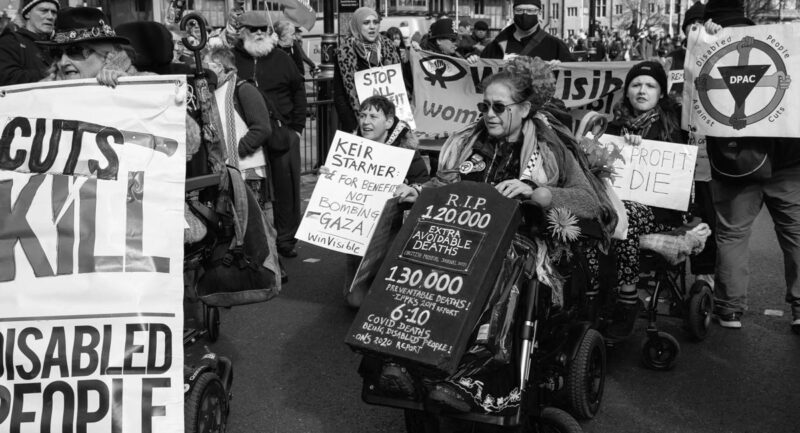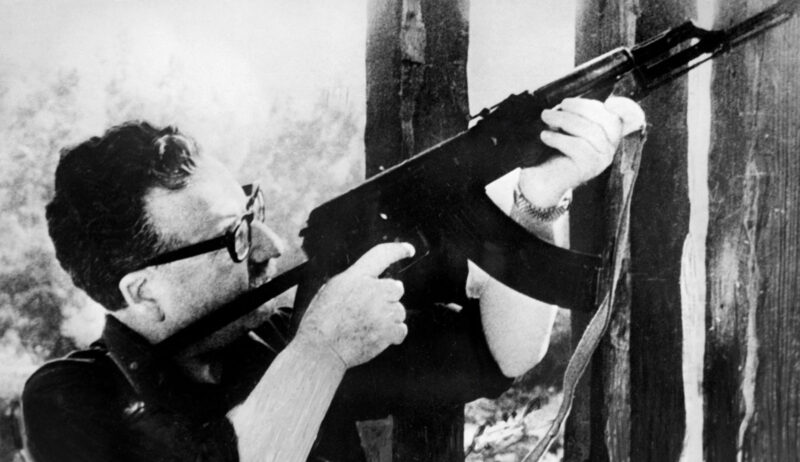Revolutionary Women: Konkordiya Samoilova
 Konkordiya Samoilova was born in 1876 in Irkutsk, Siberia. Her father was an Orthodox priest. Samoilova graduated with a gold medal from the gymnasium and moved in 1896 to Saint Petersburg. There she studied, like Vladimir Ilyich Lenin’s wife Nadezhda Krupskaya before her, at the Bestuzhev Higher Women’s Institute. These bodies were the only higher educational institutions open to women in Tsarist Russia.
Konkordiya Samoilova was born in 1876 in Irkutsk, Siberia. Her father was an Orthodox priest. Samoilova graduated with a gold medal from the gymnasium and moved in 1896 to Saint Petersburg. There she studied, like Vladimir Ilyich Lenin’s wife Nadezhda Krupskaya before her, at the Bestuzhev Higher Women’s Institute. These bodies were the only higher educational institutions open to women in Tsarist Russia.
Here Samoilova read the socialist-populist Nikolay Chernyshevsky’s novel What Is To Be Done? and, like Lenin a decade earlier, was enormously influenced by it. A central theme of the novel was the liberation of women from the chains of marriage and the bourgeois family. She soon got involved in the anti-Tsarist underground, in social democratic educational circles in working-class districts. In 1900-01 she was arrested and served three months in prison.
In 1902 she joined the Russian Social Democratic Labour Party (RSDLP). She then left for Paris to study at the Free Russian School of Social Sciences, whose lecturers included leading party figures like Lenin and Julius Martov, becoming a convinced Marxist. After the split at the RSDLP’s Second Congress in 1903, she joined Lenin’s Bolshevik faction. Returning to Russia, she became a “professional revolutionary” maintaining the Bolsheviks’ underground networks. She was very active as a public speaker during the revolutionary years of 1905-07, suffering several arrests and a year’s imprisonment during the four years of reaction which followed this first revolution’s defeat.
In 1912, as a recovery of class struggle got underway, Samoilova became a founding editor and secretary on the editorial board of the new Bolshevik daily newspaper Pravda. In this period she became more interested in activity amongst working-class women, having to overcome indifference and sometimes even hostility from male Bolsheviks. She was the person primarily responsible for organising Russia’s first ever celebration of International Women’s Day in 1913. In January 1914 she was central to the launch of Rabotnitsa (Woman Worker). In this work she received the active support of Inessa Armand and Nadezhda Krupskaya, who were working with Lenin in nearby Austrian Poland.
When the war broke out in 1914 she was arrested again and then exiled. On her return to Petrograd after the 1917 February Revolution, Samoilova took up work on a revived Rabotnitsa alongside Alexandra Kollontai, who had joined the Bolsheviks from the Mensheviks during the war. Together they worked for the victory of the Bolsheviks in the Soviets (workers’ councils) created during the February uprising, and of the October insurrection that brought them to power.
Samoilova had written that “If a woman is capable of climbing the scaffold and fighting on the barricades then she is capable of being an equal in the worker’s family and in workers’ organisations.” She increasingly stressed that women’s liberation should be a higher priority for the party.
Rabotnitsa was openly critical of sexist behaviour from male comrades, both in the trade unions and the party, especially through its letters’ column, where workers’ wives wrote in. One such letter complained that male factory workers “are all for equal rights in words, but when it comes to deeds it turns out that a chicken is not a bird and a baba is not a human being”.
The party’s first All-Russian Women’s Congress in May 1918 had only 130 delegates, but a second congress held in November saw 1,147 delegates gather. In 1919 Samoilova worked with Armand and Kollontai leading the newly established Women’s Department of the Bolshevik Party.
But the strains of all of this work and of the terrible famines and epidemics that hit Russia in 1919, 1920 and 1921 began to tell on all the Bolshevik leaders. Yakov Sverdlov, secretary of the Bolshevik’s central committee, had died of typhus in 1919. Inessa Armand died of cholera in 1920; Konkordia’s husband had died of the same disease in 1918, which hit her hard. In 1921, whilst on a speaking tour on the Volga on an “agitboat”, Samoilova contracted cholera herself, and on her death was buried alongside her husband in Astrakhan.
Alexandra Kollontai, wrote of her in 1927 that “Konkordiya Samoilova was a party worker of unparalleled selflessness, a fine, business-like speaker who knew how to win the hearts of working women. Those who worked alongside her will long remember Konkordia Samoilova. She was simple in manner, simple in dress, demanding in the execution of decisions, strict both with herself and others.”






